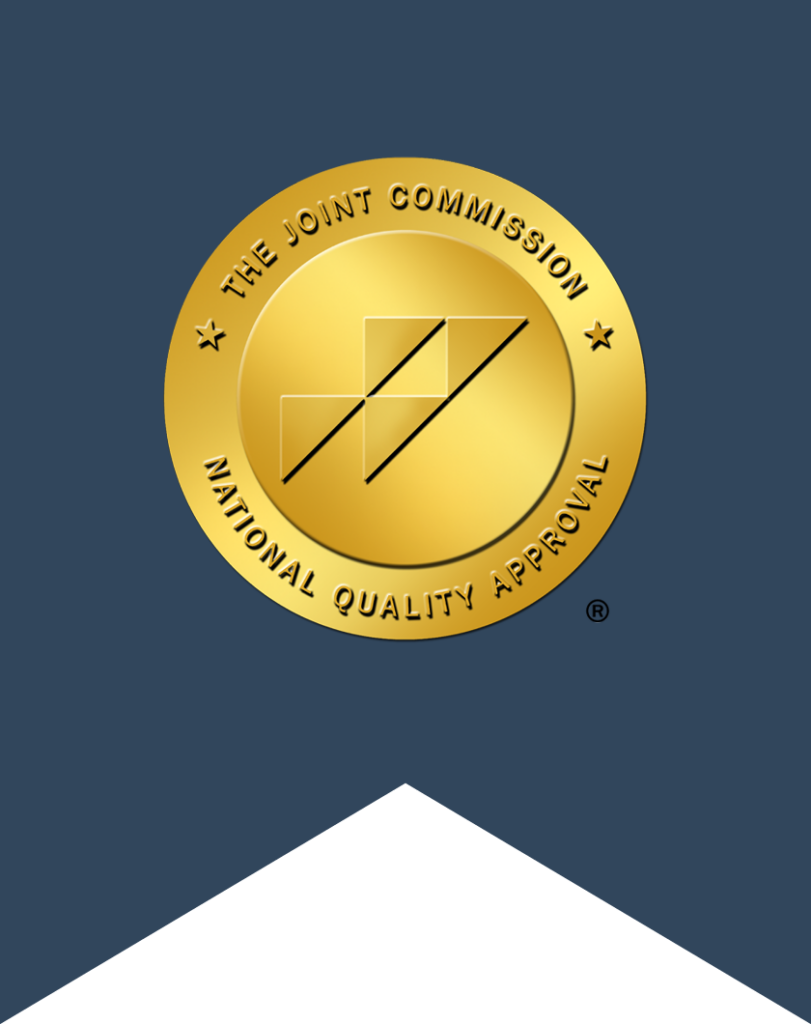
While there are various methods and approaches to drug and alcohol treatment, most of these fall under two fundamental types of programs. Inpatient treatment comes to mind for most when thinking about “rehab.” Inpatient treatment can include entering a facility to stay in a live-in program that oversees the day-to-day, allowing treatment professionals to monitor the patient throughout the program, and enabling them to get to know the patient in their most vulnerable stage, cut off from substances and influences. Inpatient treatment facilities, in essence, isolate the addict from their “everyday lives,” working toward a life of sobriety while living and learning with counselors and other addicts. Outpatient treatment differs because the addict still attends meetings, therapy, and group sessions. Rather than stay overnight in the facility, they maintain a sense of regular life, attending work, school and family, and daily functions.
While both have vital considerations, it is essential to note the distinct differences between inpatient and outpatient therapy.
Inpatient therapy shields or walls the addict off from the daily temptations within their usual routine, social interactions, troubled home lives or marriages, and the demons that often hide within that. Outpatient therapy relies on the addict applying their lessons, coping mechanisms, and program steps while still living and interacting in the outside world. This can be possible for some who are considered to be “high functioning.” If the patient is putting in the work, aware of their addiction, and returning to a supportive family or home life environment, outpatient treatment can succeed. On the other hand, inpatient treatment– and bluntly cutting off those triggers– may be ideal for those with challenging home lives, dual diagnoses, or who have not yet distanced themselves from the temptations of dangerous social interactions.
Many forces condition addiction. It isn’t just a craving for a substance that creates dependency and the inability to break it. Most of these addictions come with layers of emotional and behavioral issues. For most addicts, using is conditioned as much by whom you use with as it is what you’re using. Addicts often need not only detox from the substance, but the people, places, and thoughts.
For some, there is no place to turn where triggers do not exist. School, work, family, friends, and even the safe space of your bedroom or the inside of your car can be places that trigger your urge to use. People, not just homes, are exceptional triggers. It doesn’t necessarily mean a drug dealer or the ‘friends” you used to get high with, but rather the emotional weight of living with abusive parents, an abusive spouse, or even having anxiety triggered by simple social situations by which others may not be phased.
When entering inpatient treatment, you are immediately cocooned from these places and people and can separate yourself long enough to see them outside of the fog of addiction. In outpatient treatment, you will return home daily. While you may choose to live elsewhere to have a “fresh start,” not all patients can do that. Being mindful of the strength and focus needed for outpatient treatment is critical.
One thing outpatient treatment does allow a patient to do is adapt and apply lessons from rehab in real-time. It provides the space for a patient to live in “the real world” and feel the feelings and receive the triggers, and then go back to treatment the next day and explain how they manifested and what could be done. Therapists and clinicians can help the patient apply those lessons and troubleshoot how it was handled.
In contrast, the addict returns home after a significant stay in inpatient treatment and may be thrust back into those living situations. These triggers will have been addressed and prepared for while in treatment, and the addict is now armed with mental and emotional tools to process them. However, they do come all at once and after treatment is completed. This is an excellent example of why stepping down to a lower level of care like outpatient treatment, living at a recovery residence, and attending support groups are essential to ongoing sobriety and mental health.
Outpatient treatment can identify and address multiple issues with qualified and exceptional clinicians. However, some argue that inpatient treatment allows clinicians and residential staff to monitor patients and witness changes as they are happening in a social setting — things as simple as eating with others, navigating dormitory life, processing triggers in intense and challenging situations, and even how the individual processes isolation. If residing at home through an outpatient program, these changes and feelings can only be identified if the patient reports them to the clinician and works through them together. In inpatient treatment, clinicians can often identify dual diagnoses – co-existing disorders that affect most addicts. Mental illness, anxiety disorders, and other conditions are often experienced in tandem with drug and alcohol abuse.
In short, there is no “correct” method for therapy. While there are differences between these programs, a few things remain the same. You must be ready and willing to make a change. Simply showing up to treatment isn’t sufficient to get you into a stable recovery mindset, inpatient or outpatient. The clients who succeed are prepared to commit to substance abuse or mental health treatment with hard work and dedication.
Some clients believe that outpatient treatment is less structured than inpatient and while the time commitment is reduced, this level of care requires just as much dedication and responsibility. If you opt for outpatient therapy and maintain a life routine while implementing the lessons you learn in rehabilitation, be mindful of being honest and open with the team and let them know what triggers and feelings you are combating while at home and work. If choosing an inpatient program, understand that the protective bubble within the facility eventually comes to an end, and all you’ve been working hard to apply and understand will ultimately need to be used.
Destination Hope offers treatment programs for those interested in either inpatient or outpatient care. DH is a leader in substance abuse and mental health treatment with a proven track record of exceptional care. We encourage you to contact us and our highly trained admissions staff to learn more about our program.
